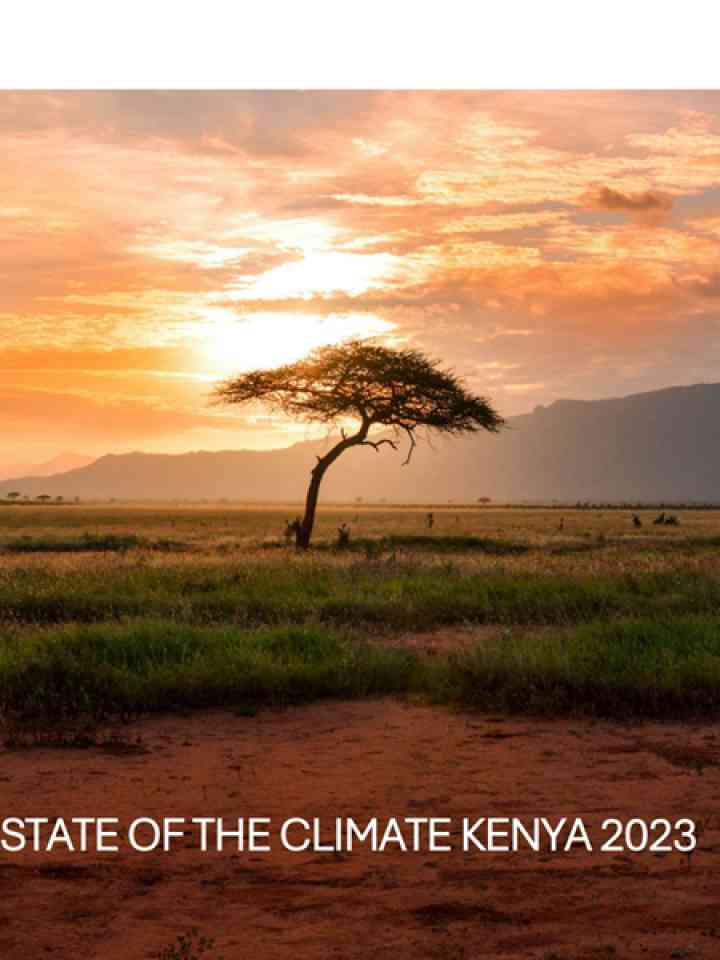State of the climate Kenya 2023
The 2023 State of the Climate Kenya Report outlines a year marked by above-normal temperatures, continuing a long-term warming trend, and accelerating sea level rise along Kenya's coastline, which poses a growing threat to coastal communities. The report details rainfall variability, with the coastal, western, and central highlands experiencing higher-than-average rainfall, while other regions faced prolonged dry spells. This led to severe flooding in river basins like the Tana and Lake Victoria, causing displacement, property damage, and loss of life. The country was also hit by prolonged droughts, severely impacting agriculture, infrastructure, and energy production, exacerbating food insecurity and energy shortages, especially in regions dependent on agriculture and hydropower. The climate variability also disrupted energy production, primarily hydropower, forcing the country to rely more on thermal energy and imports from neighboring countries. The report emphasizes the urgent need for action to build resilience against these growing climate risks.
Major recommendations include:
- Strengthen Warly Warning Systems: enhance local and national early warning systems to better prepare for climate variability, ensuring timely response to extreme events such as floods and droughts.
- Improve infrastructure resilience: invest in flood-resistant infrastructure, particularly in flood-prone and coastal areas, to mitigate damage and economic losses.
- Enhance agricultural support: prioritize climate-resilient agricultural practices, supporting farmers in regions impacted by drought and flooding through training and financial aid.
- Diversify energy sources: expand renewable energy sources to reduce reliance on hydropower and thermal plants, ensuring energy security despite climate disruptions.
- Build coastal defenses: develop coastal protection mechanisms to combat rising sea levels and reduce the socioeconomic impacts on communities dependent on coastal industries.
Explore further
